10 Summer Workout Tips

As the summer hits and the sun shines brighter, we’re all a bit eager to shrug off the languidness of winter and spring (summer?.. No, spring is right) back into action! However, staying active and fit can become a bit more challenging with the sweltering summer heat. That’s why it's essential to adapt our workout routines and protect ourselves from heat stroke or other heat-related illnesses while we work hard to hit our fitness goals.
In this blog, we'll be sharing top tips and tricks to help you navigate through the summer season, ensuring you can exercise safely and effectively under the blazing sun. So, grab your sunscreen, put on your favorite workout gear, and let's dive into the ultimate summer workout guide!
1. Maintain Adequate Hydration

Proper hydration is vital for regulating body temperature and maintaining peak performance. It is essential year-round, but it becomes especially important during hot conditions. The American Council on Exercise recommends drinking 7-10 ounces of water every 10-20 minutes during exercise. But as the summer heat intensifies, we'll need more water and an extra boost of electrolytes to stay properly hydrated. Drinking plenty of water won't be enough as our bodies also lose sodium and other essential minerals through sweat. Chugging too much plain water (overhydration) can lead to hyponatremia, a condition in which the blood sodium becomes dangerously slow.
Consume drinks that help replenish electrolytes but avoid all the added sugars and artificial ingredients of heavily marketed sports drinks. Opt for healthier options like unsweetened coconut water, natural fruit juice, or sugar-free electrolyte powder like Root'd. You can also boost your hydration level by eating electrolyte and water-rich foods, says Julie Brown, RD, an ACE-certified personal trainer and dietitian.
2. Avoid Eating A Big Meal Before Working Out

You might be thinking, "Doesn't our body need fuel to move?" — Absolutely! But avoid eating too much before heading out.
A light meal is good, but if you’re gonna chow down, make sure to give yourself at least an hour before working out on a hot summer day. Digesting a heavy meal like a cheeseburger requires energy. Digestion creates more body heat and pulls blood flow away from the muscles you're working on during an exercise. If your body is trying to move vigorously and digest food at the same time, you'd likely experience digestive discomfort.
Another thing most people ask is, "Should I eat after working out in the heat?" — No, Professor Carol Garber advises. Hydrate right away, but wait until your body has cooled off before you eat since digestion will delay getting your body back to its normal temperature.
3. Take A Quick Cool Shower Before Working Out

Before starting your summer workout, hop into the bathroom and have a quick 5-minute shower. Studies found that cooling your body before working out can improve overall physical performance and reduce the risk of heat-related injury. Dousing your body in cold water can lower your core, skin, and heart rate.
Don’t have the time? Apply an ice pack to the back of your neck or forehead for 3 minutes to stimulate the same cooling effect.
4. Apply Sunscreen

Our body's natural cooling system relies heavily on the skin, especially during hot weather. Exposure to harmful UV rays can cause sunburn, premature aging, and increase your risk of skin cancer.
To protect your skin, choose a broad-spectrum sunscreen with at least SPF 30 and apply generously and evenly to all exposed skin areas, including your face, ears, neck, arms, and legs. For extended outdoor activity, opt for a water-resistant formula to ensure the sunscreen stays effective even when you sweat.
Reapply sunscreen every two hours and more often if you're sweating heavily or swimming. Even water-resistant sunscreens can lose their effectiveness over time, so it's crucial to maintain adequate protection throughout your workout.
Don't rely solely on sunscreen for protection. Wear lightweight, long-sleeved shirts and pants, as well as a wide-brimmed hat to shield your face and neck from the sun. Consider using UV-protective clothing, which is specifically designed to block harmful rays.
5. Wear Protective Clothing

Choose sweat-wicking and breathable clothing that allows your skin to perspire and cool. Avoid wearing heavyweight, tight-fitting clothing made of cotton because it can keep the heat close to your skin. It's also important to choose light-colored athletic wear since dark colors absorb the heat of the sun.
6. Let Your Body Acclimate To The Heat

Regardless of your fitness level, you need to give your body enough time to acclimate to the heat. Failure to do so can be a risk factor for heat-related illness.
Heat acclimation helps the body adjust to warmer temperatures and prevents shock during outdoor training. It enables you to exercise at a higher intensity for an extended period while maintaining a lower body temperature when the temperature rises.
It's best to start with shorter workouts and gradually increase duration and intensity over 10 to 14 days. Avoid intense or long workouts in the heat until your body fully adapts.
7. Avoid the Hottest Part Of The Day

Start your day early to catch the cool of the morning and enjoy the beauty of the sunrise, or go out at sunset or later in the evening. Try to avoid the midday sun as it can add about 20 degrees to the temperature, especially when the summer hits (usually between 10 am and 4 pm, depending on where you live). If you’re biking, running, or walking, choose a shadier route whenever possible.
8. Stay Mindful Of Heat Advisories

Make it a habit to check heat advisory and humidity levels before engaging in outdoor activities. Heat advisories alert you if high ozone and air pollution are predicted, so you can take proper precautions and adjust your workout plans accordingly. It's best to do an indoor workout on an extremely hot summer day.
9. Know the warning signs of dehydration and heat stroke

It is important to remember that heat will significantly impact how well your body handles the same workout routine. According to Cleveland Clinic, exercising in hot, humid weather can rapidly increase your body's core temperature, putting you at risk of serious health issues such as dehydration, heat rash, heat cramps, heat exhaustion and heat stroke.
Heat exhaustion can develop after prolonged exposure to high temperatures and unbalanced or inadequate replacement of fluids. The warning signs of heat exhaustion include dizziness, extreme thirst, fatigue, heavy sweating, headache, muscle cramps,vand a general sense of lightheadedness.
Heat stroke is a serious medical condition that happens when the body can no longer control its temperature — the body's temperature rises rapidly, the sweating mechanisms already fail, and the body cannot cool down. Heat affects everyone differently owing to various factors (age, genetics, activity level, and other health issues), but certain groups should take extra precautions. Choosing a quick early-morning workout or late-evening run is a smart way to stay safe.
10. Ease Up And Listen To Your Body

Listening to your body is crucial during hot summer days, as it is the best way to avoid heat-related illnesses and injuries. While pushing yourself can sometimes yield impressive results, it's essential to recognize when to slow down, especially when the temperature is soaring. Remember that your body might need more time to acclimate to the heat, and adjusting your workout intensity and duration is perfectly fine.
Pay attention to your body's signals, such as increased heart rate, shortness of breath, dizziness, or excessive fatigue, and don't hesitate to stop if something feels off. Remember that it's always better to err on caution and give yourself time to recover rather than risk heat stroke or dehydration.
Takeaway
Staying fit and healthy during summer is achievable when you follow these summer workout tips! The biggest takeaway is to protect yourself from extended sun exposure and maintain proper hydration to avoid overheating and dehydration.
Instead of reaching for a bottle of “sugary” sports drink, try Root’d! Each packet includes 3X the amount of electrolytes in popular sports drinks plus a bunch of other essential nutrients such as enzymes, probiotics, and superfoods to help with absorption and boost hydration.

Ready to experience all the refreshing benefits of Root'd? Use code SUMMER for 15% off + free shipping on your first order! Shop now!
PS.. if you don't feel the difference, you're covered by our 100% Love Guarantee. What does that mean? It means that If you don’t love Root’d, it’s on us! Check out Root’d now!


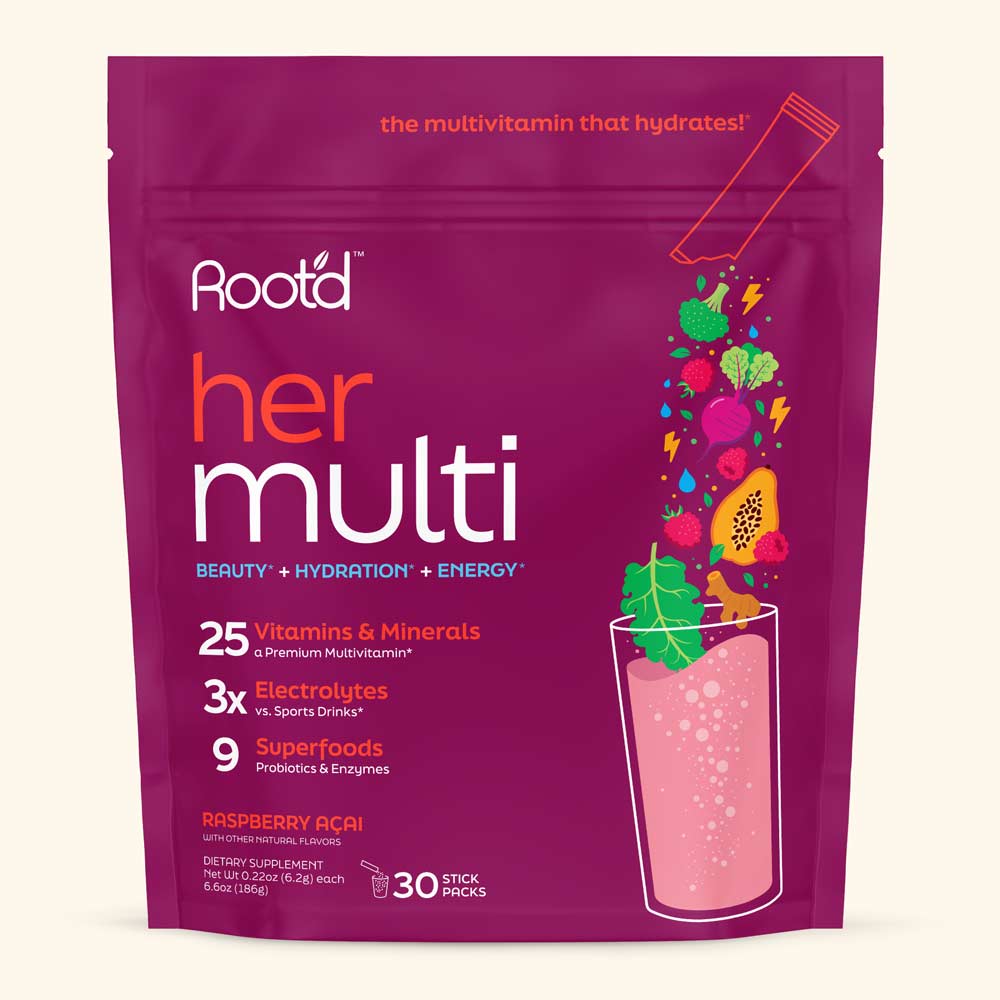
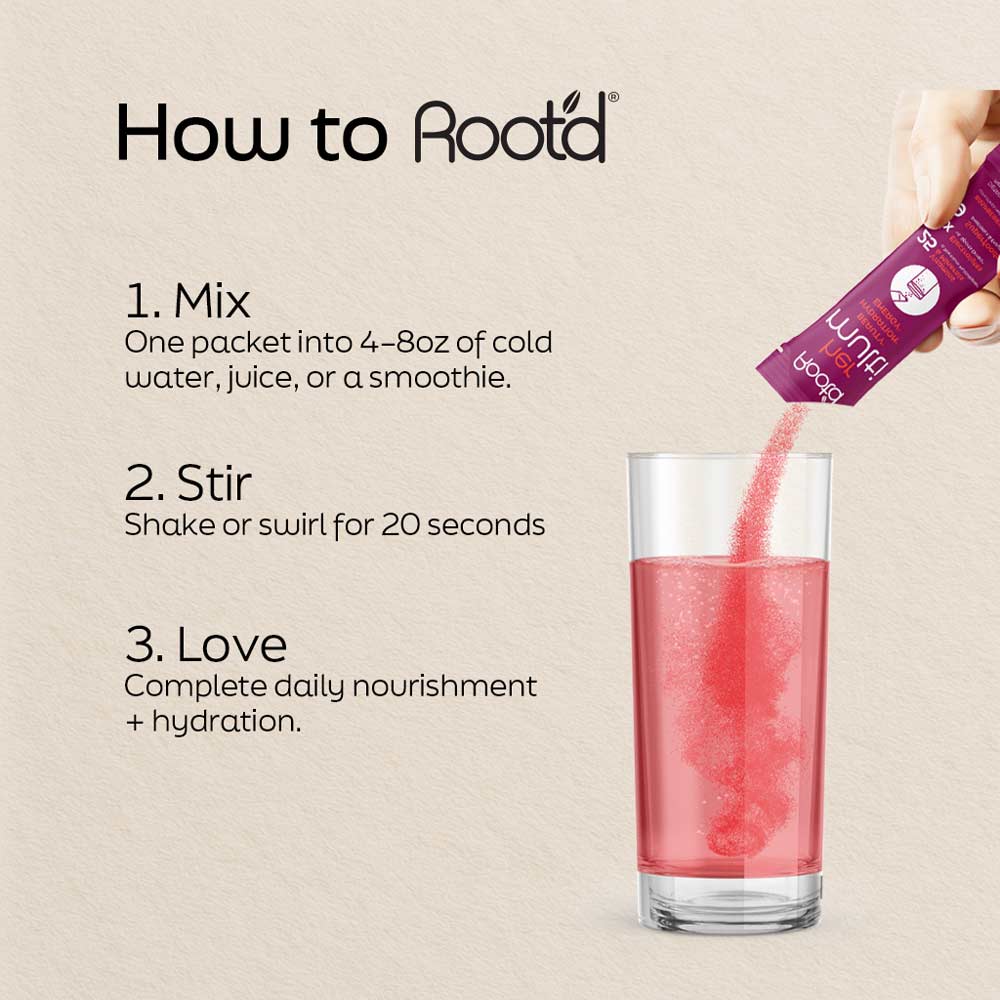











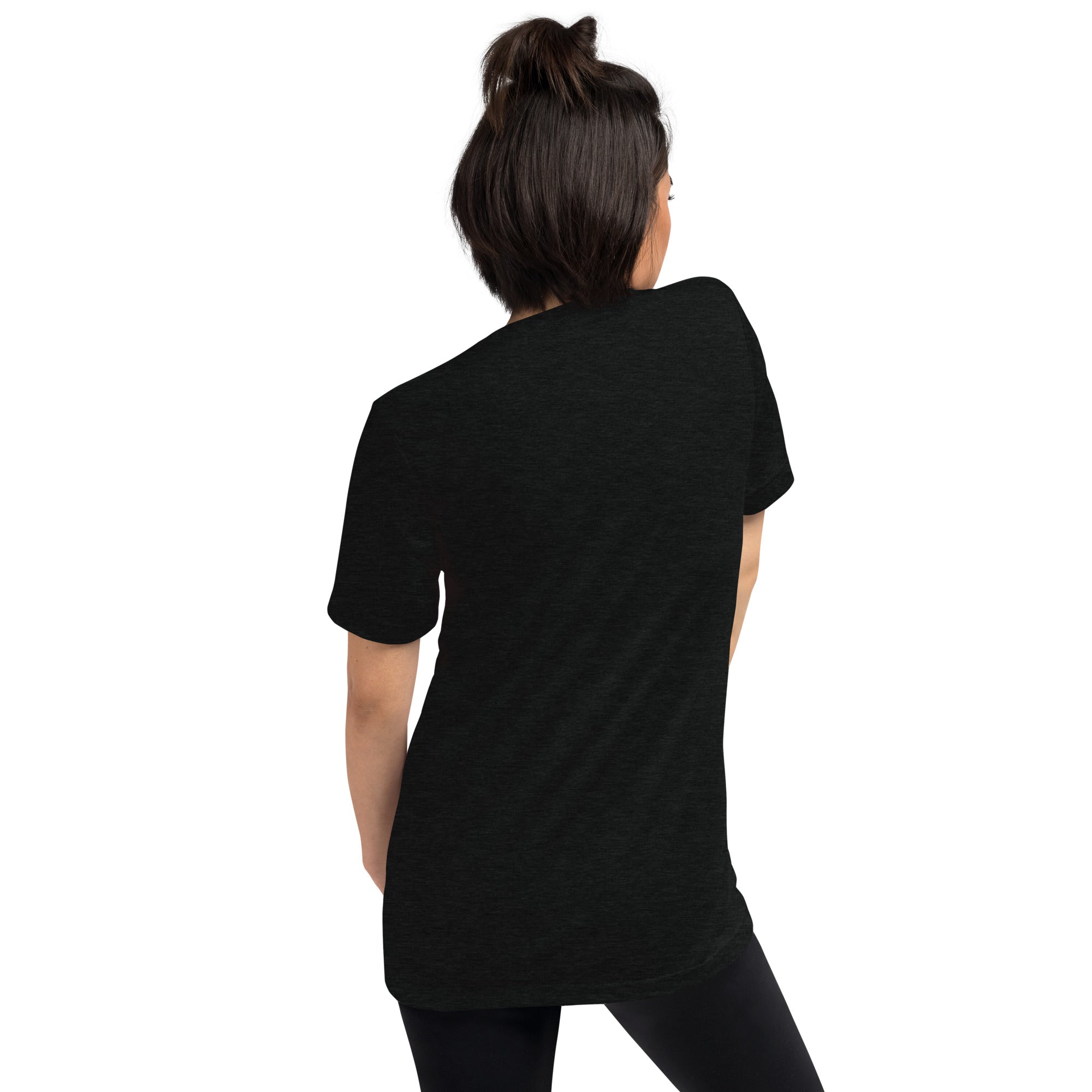



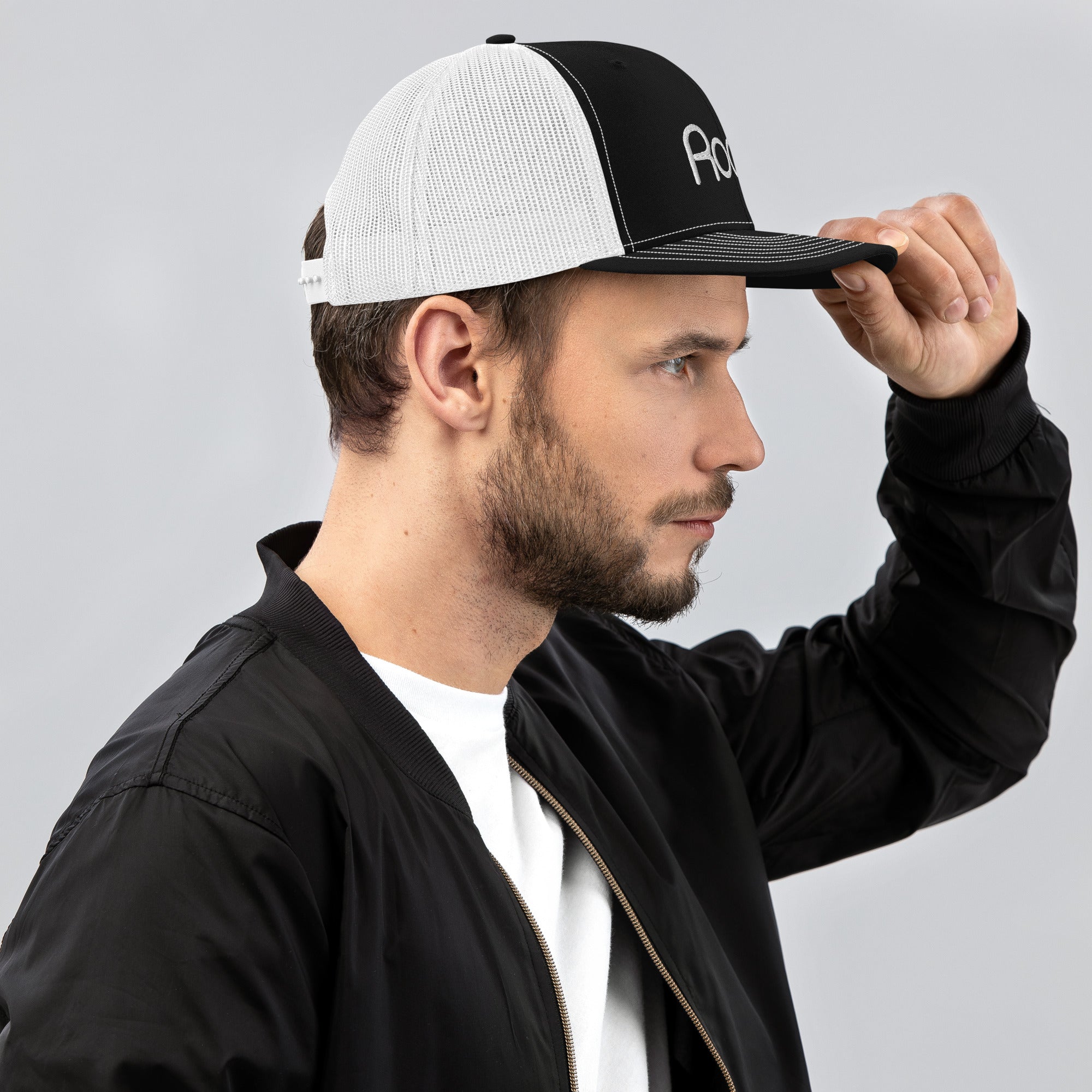



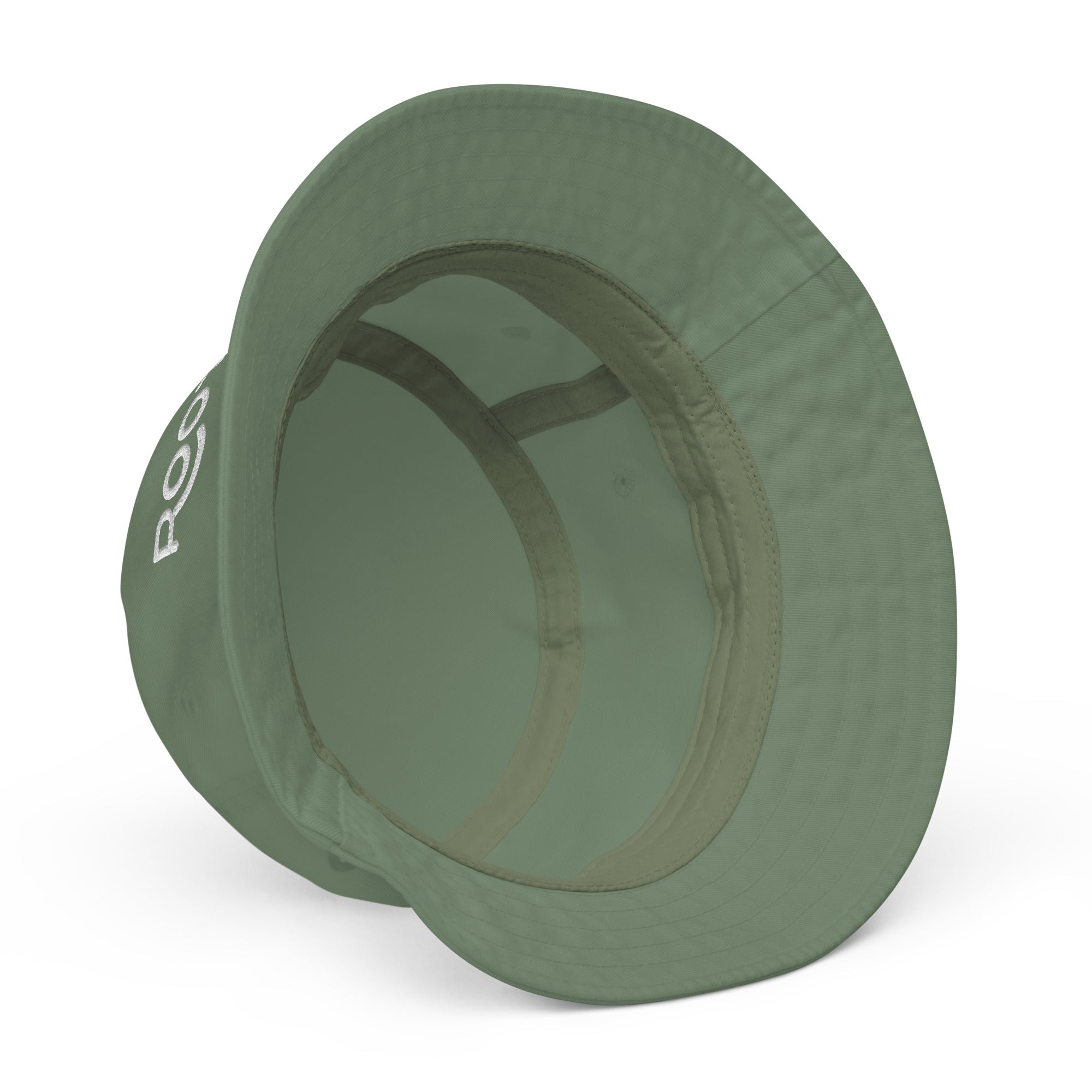






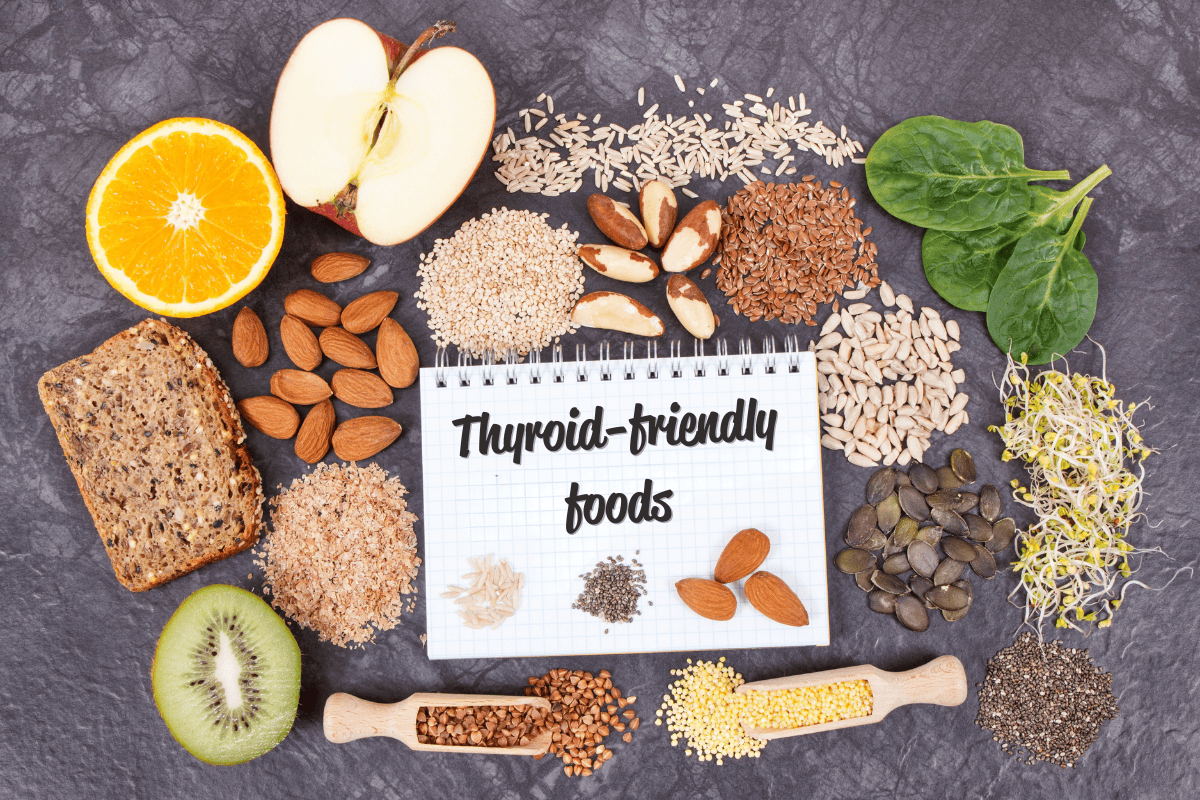
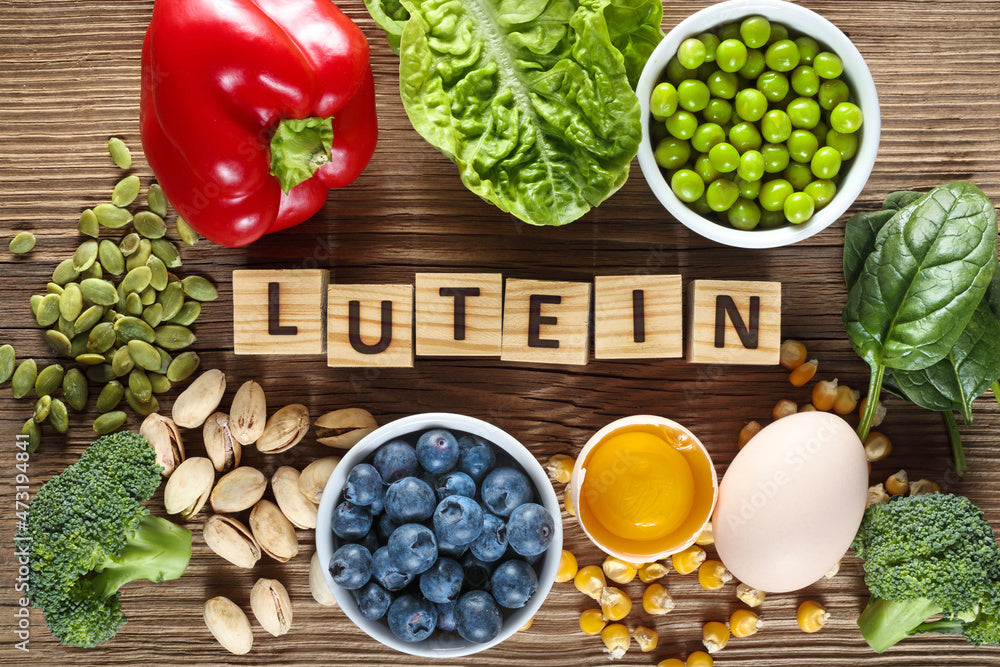
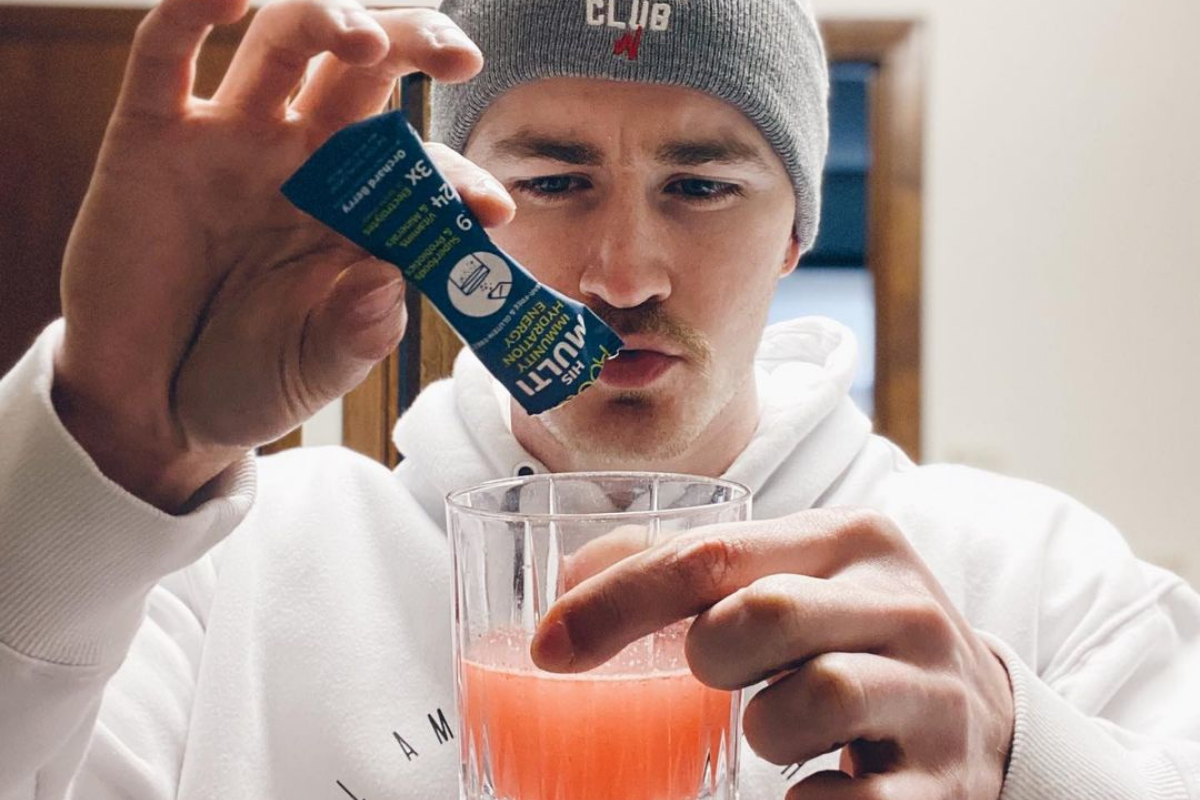
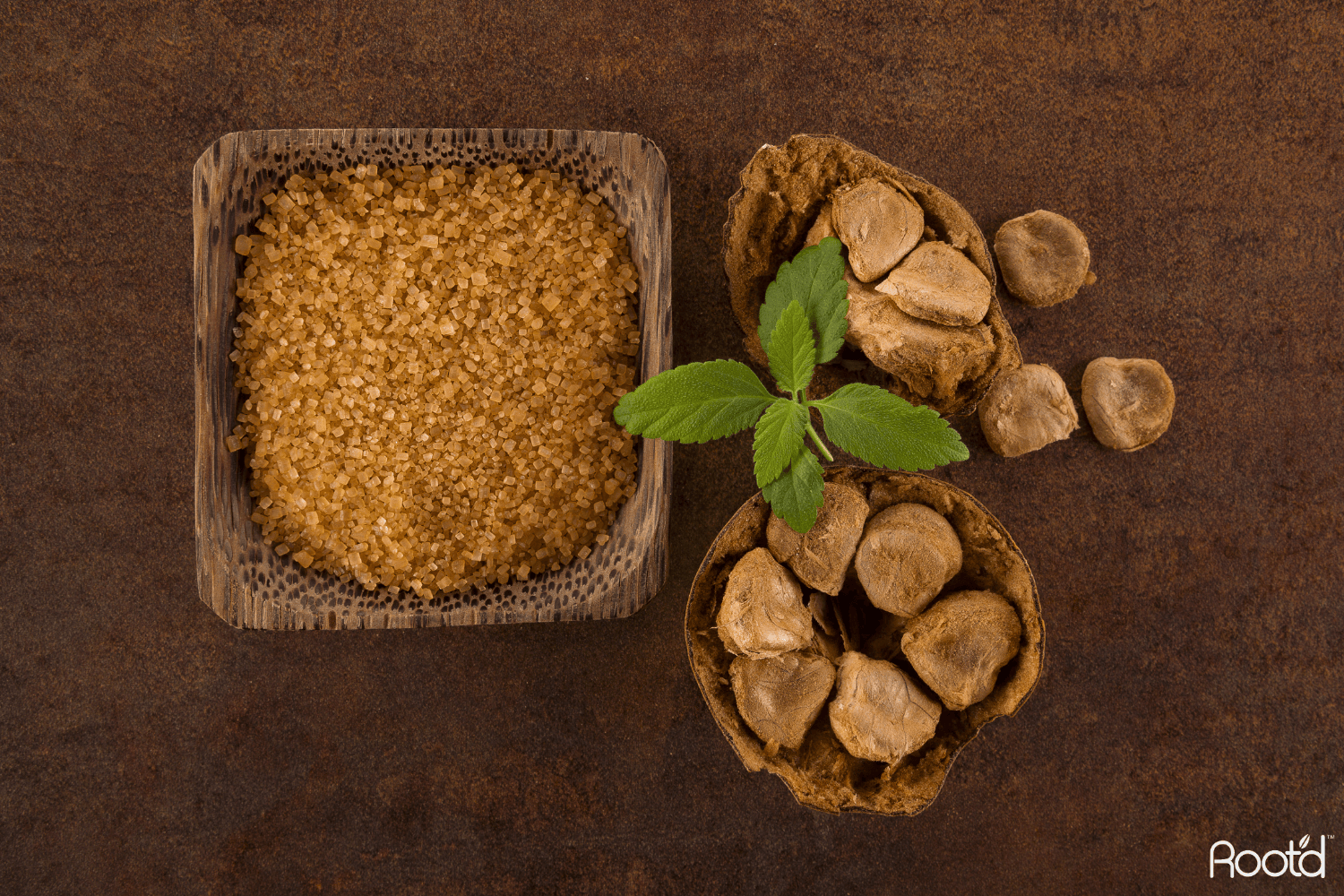
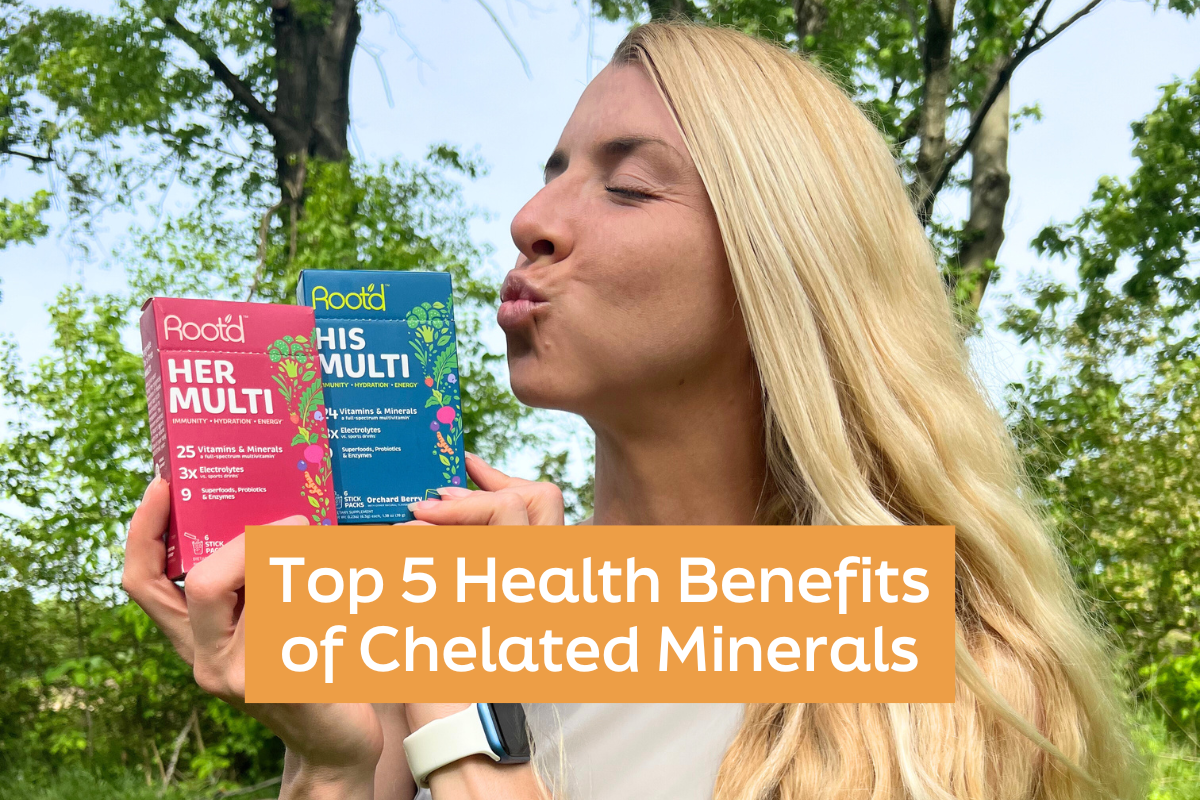




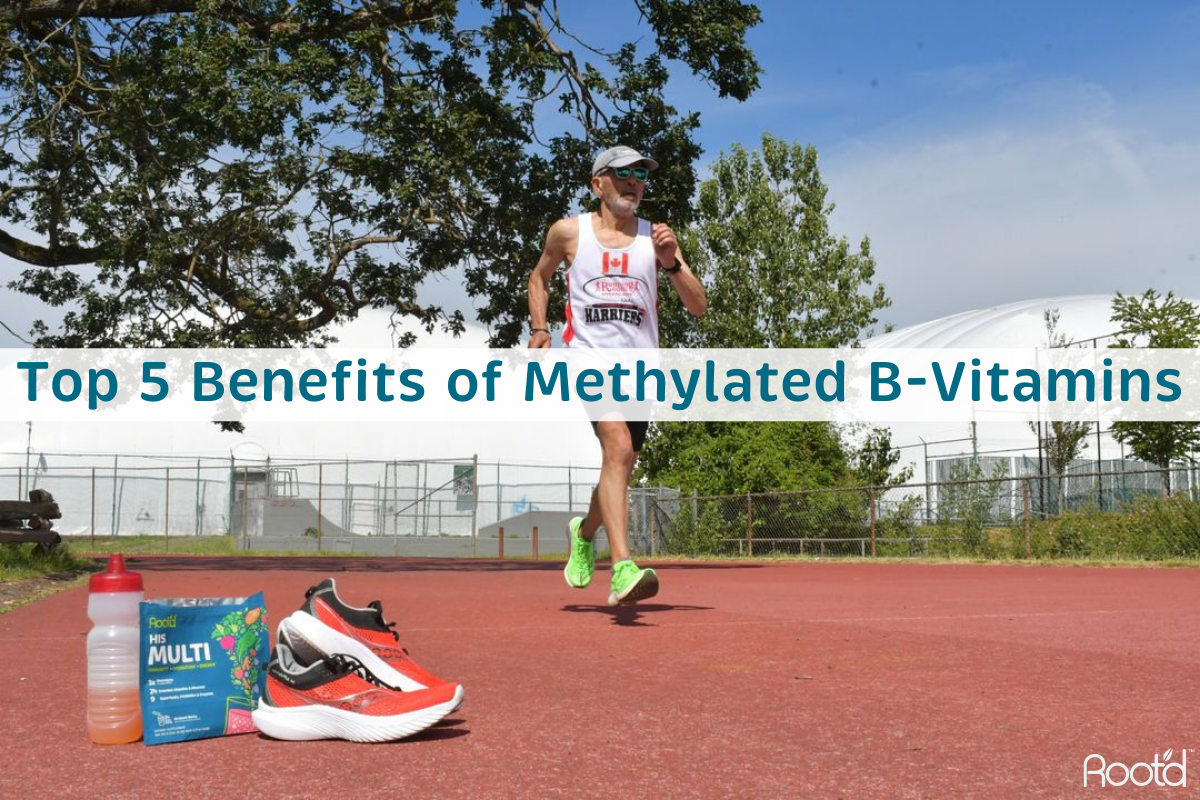
Leave a comment